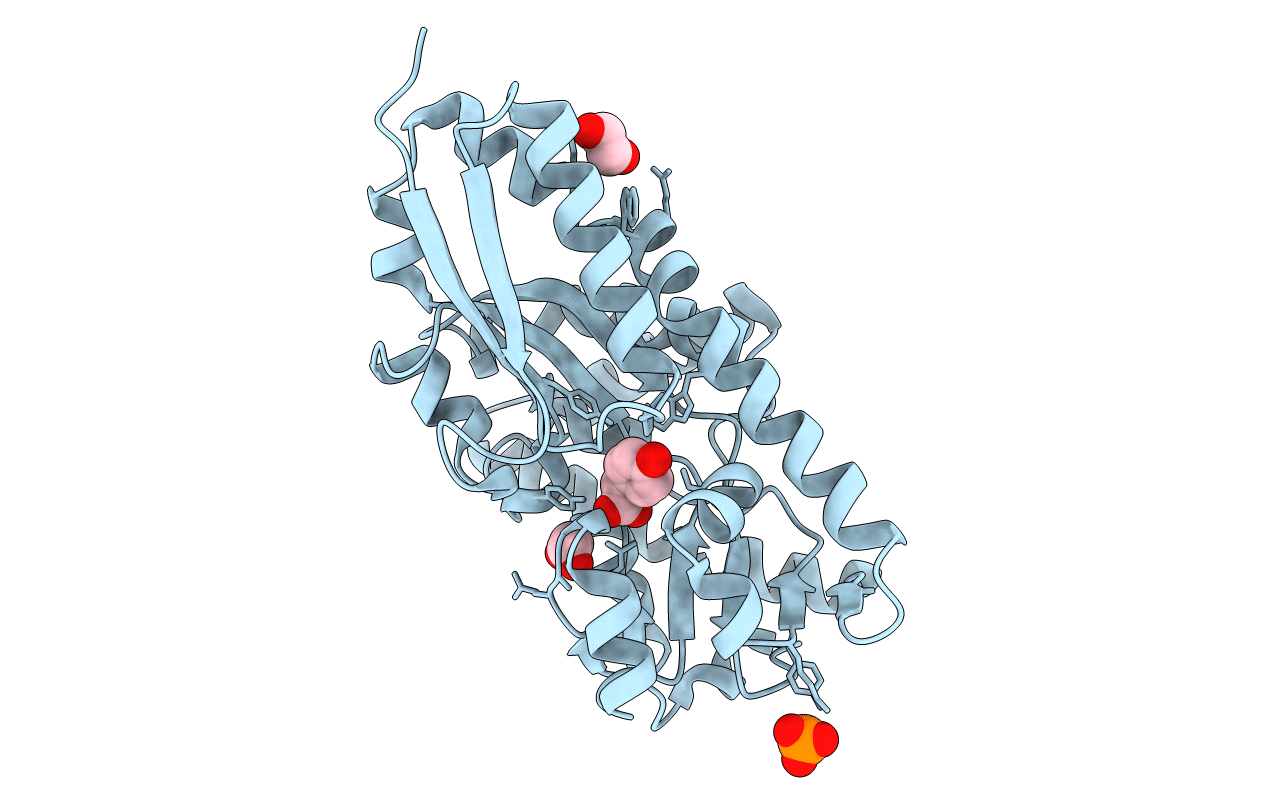
Deposition Date
2021-03-01
Release Date
2021-10-06
Last Version Date
2024-10-23
Entry Detail
PDB ID:
7NQG
Keywords:
Title:
The structure of the SBP TarP_Rhp in complex with 4-hydroxyphenylacetate
Biological Source:
Source Organism:
Host Organism:
Method Details:
Experimental Method:
Resolution:
1.10 Å
R-Value Free:
0.13
R-Value Work:
0.11
Space Group:
P 21 21 21


